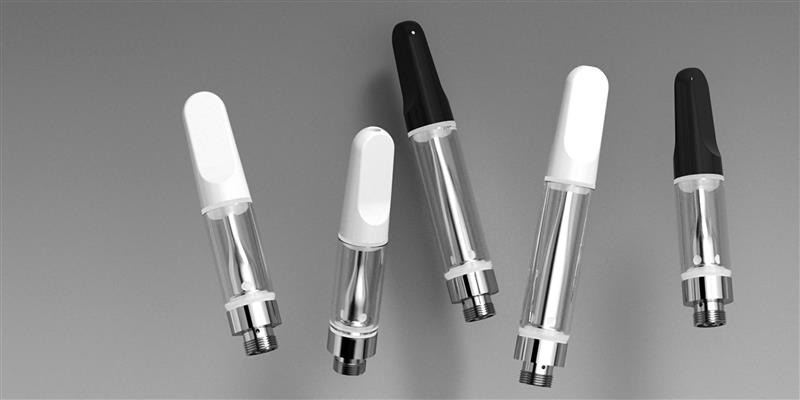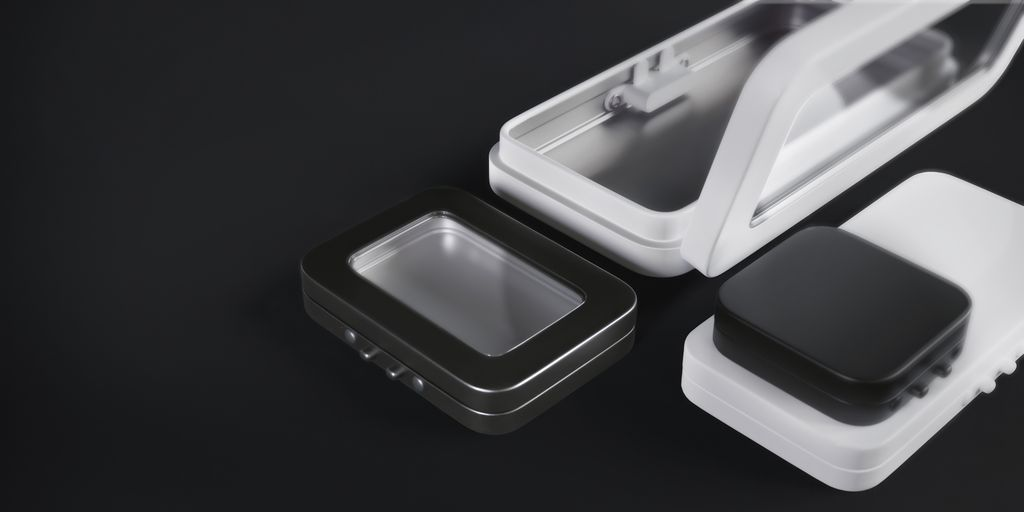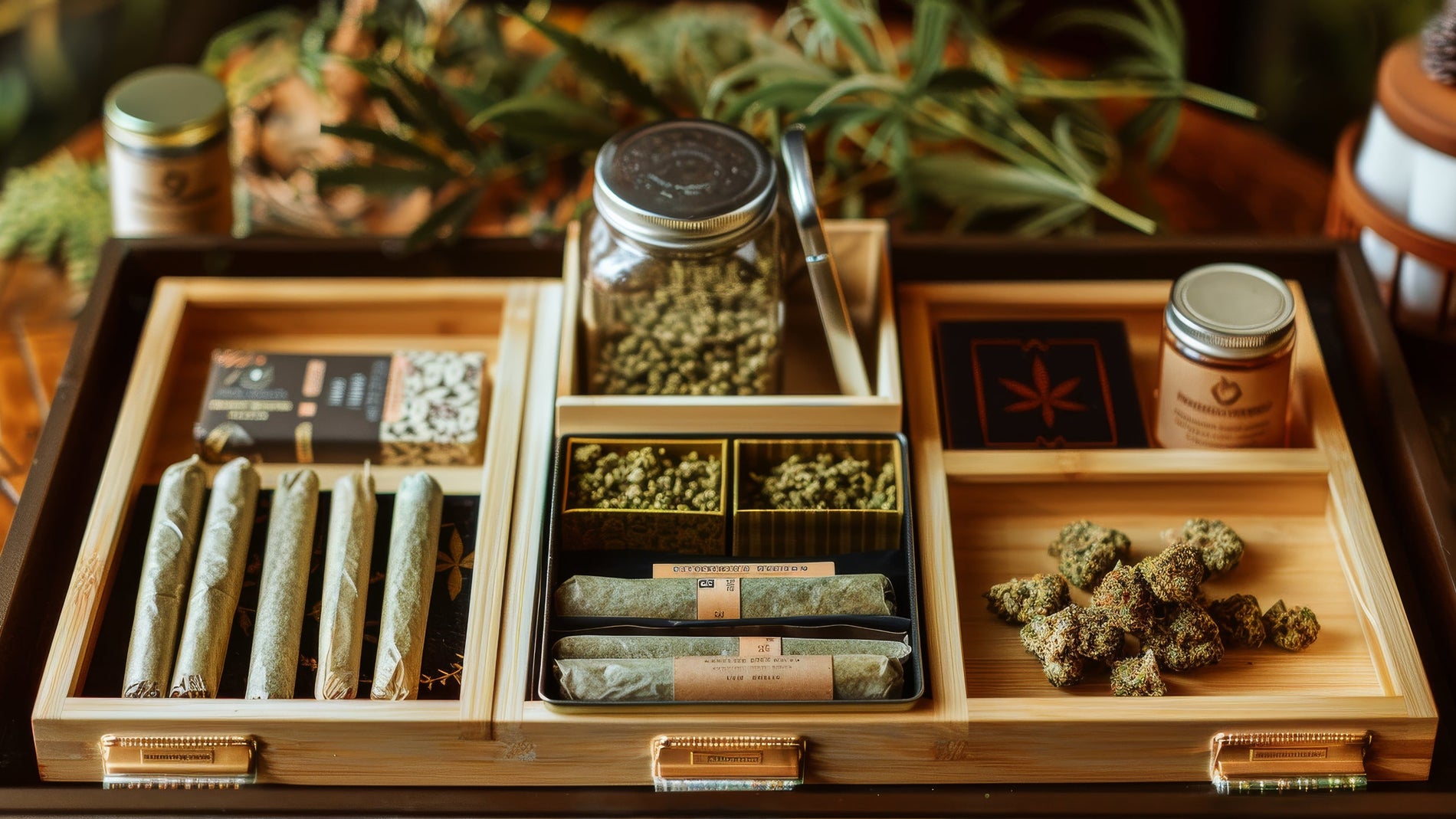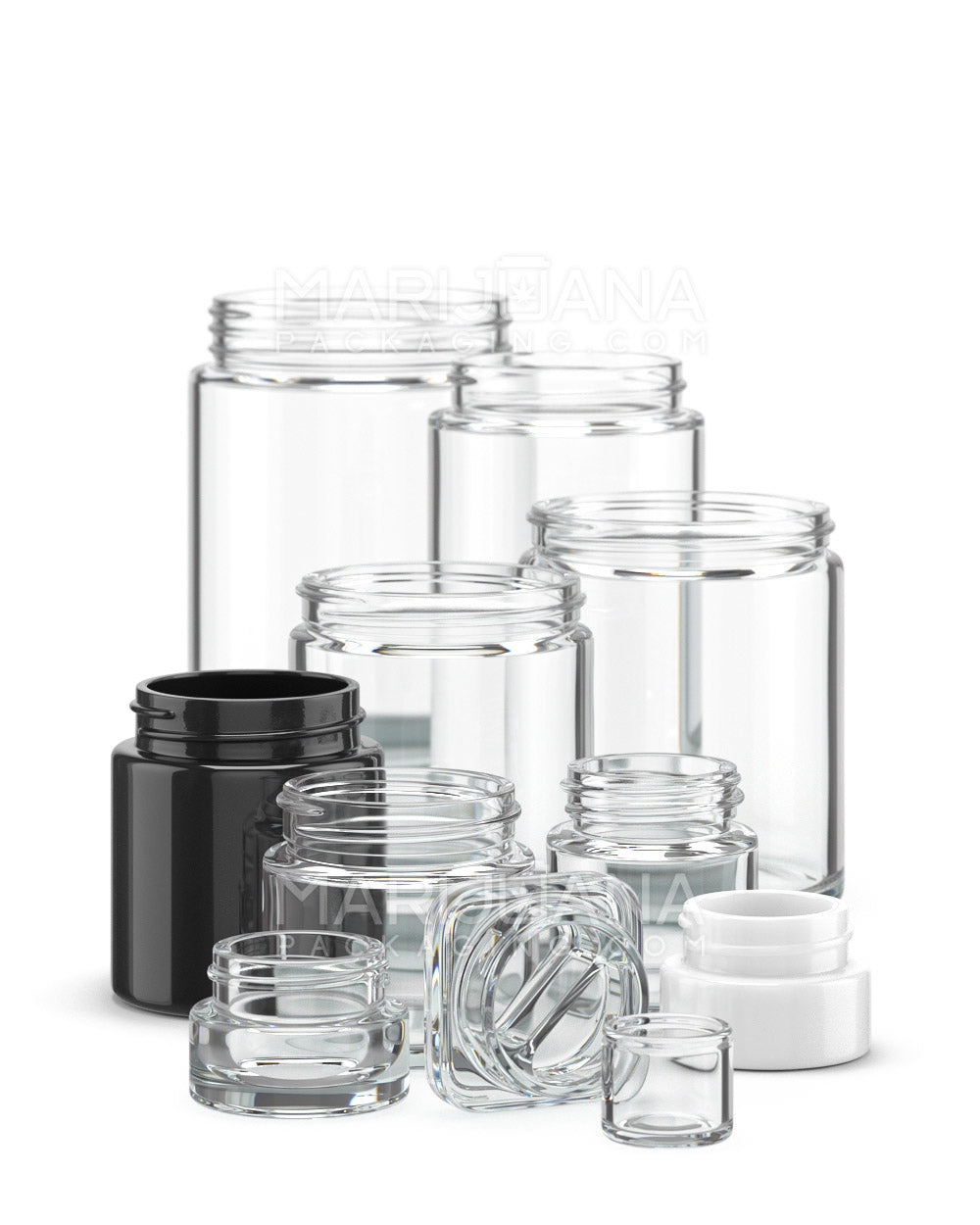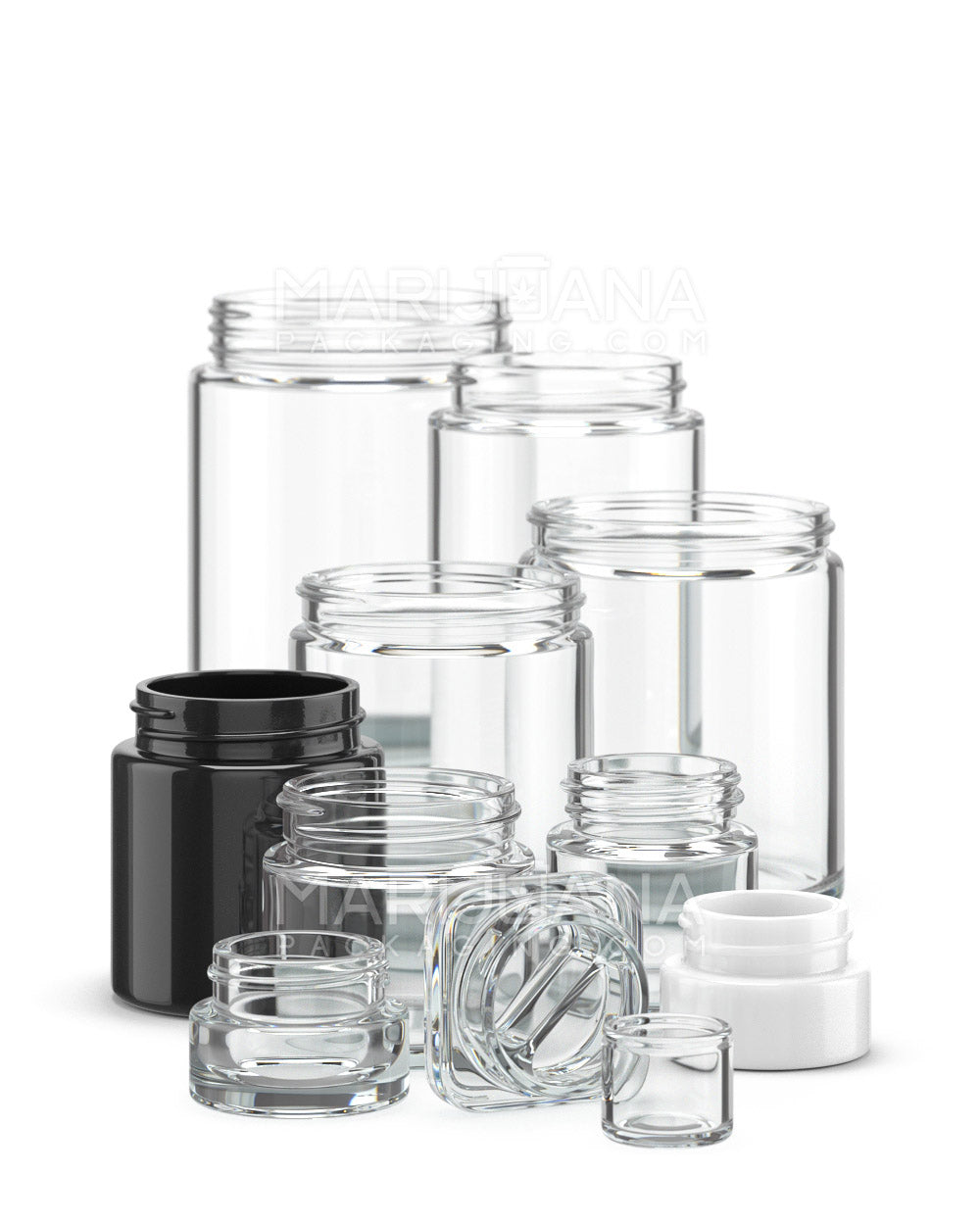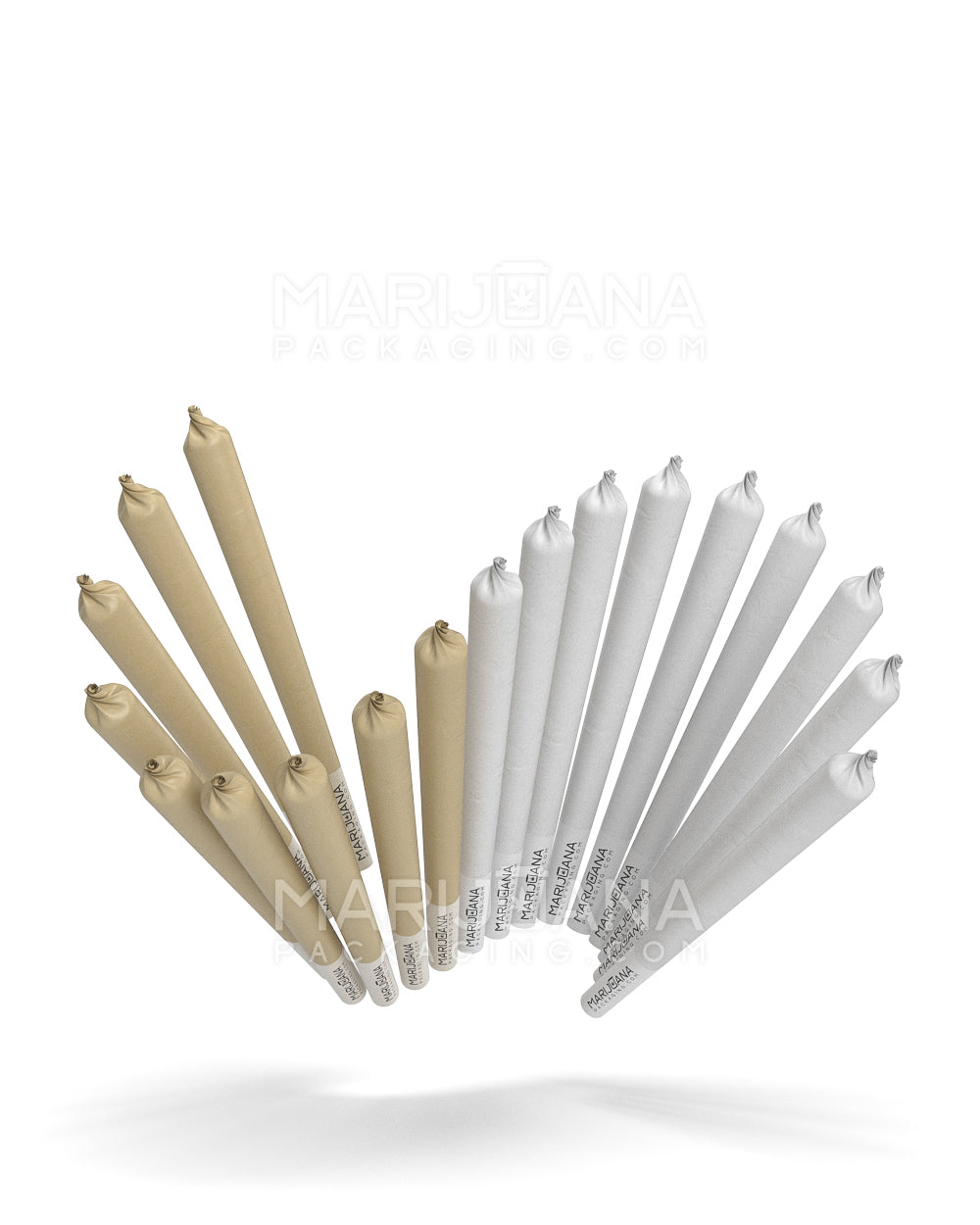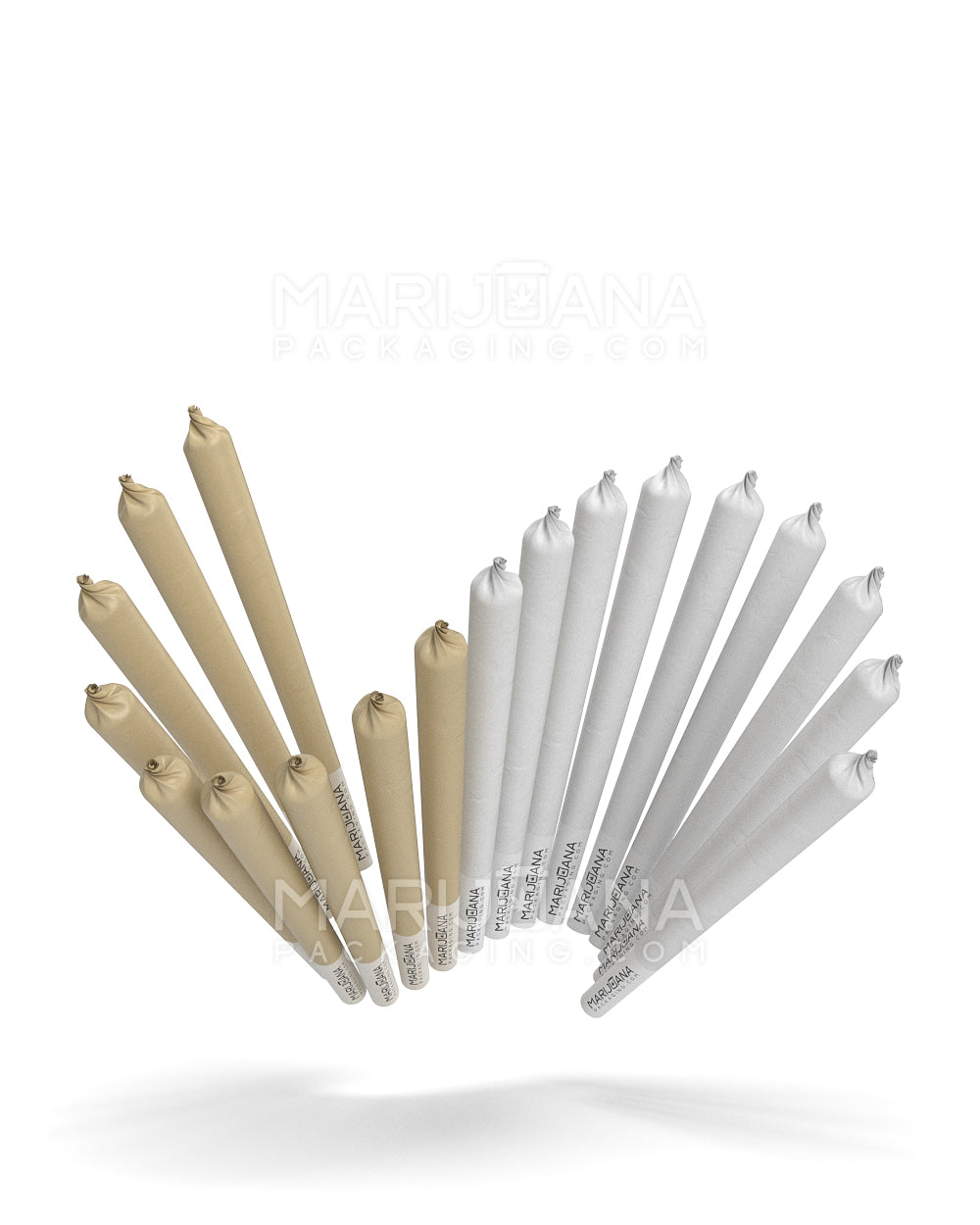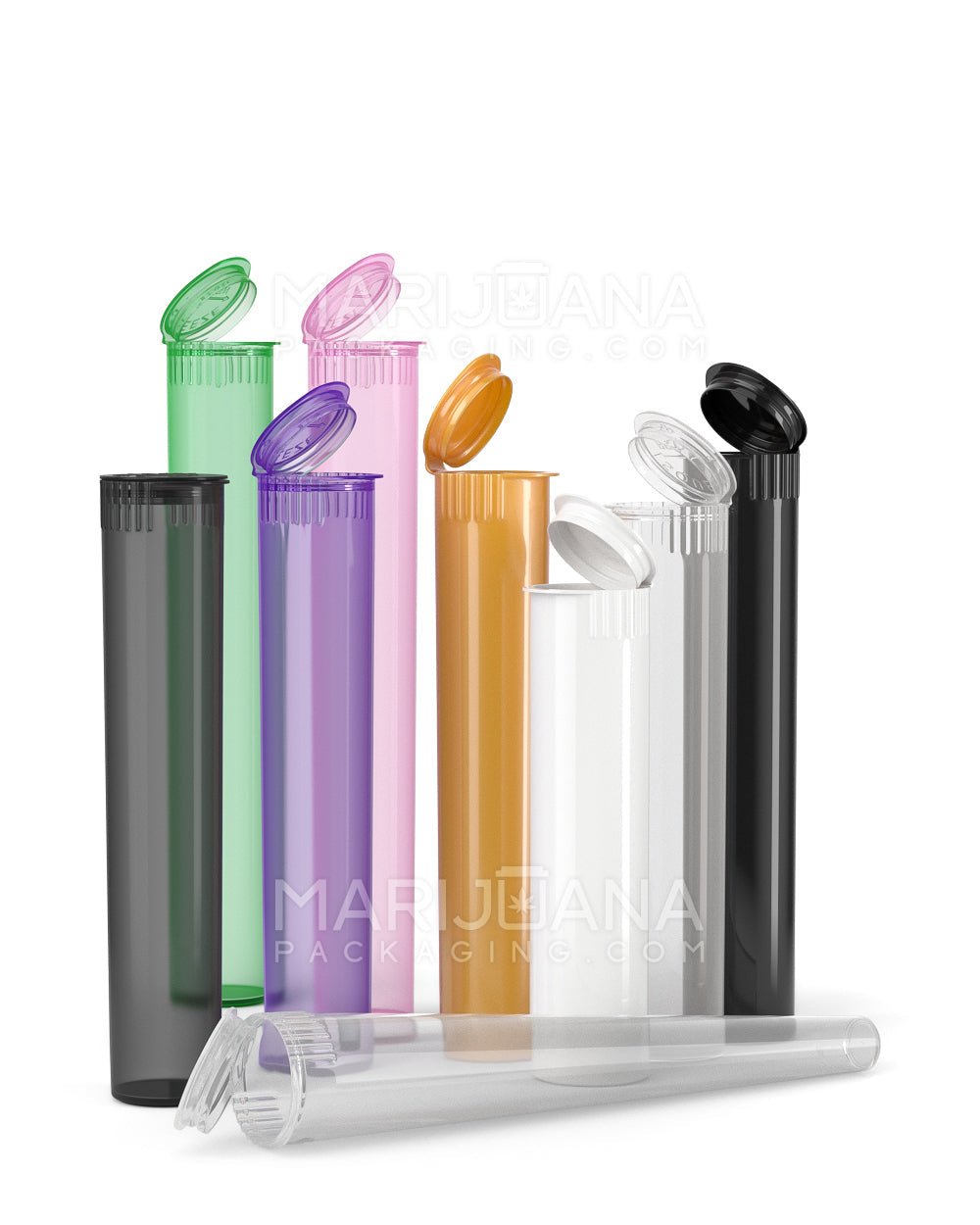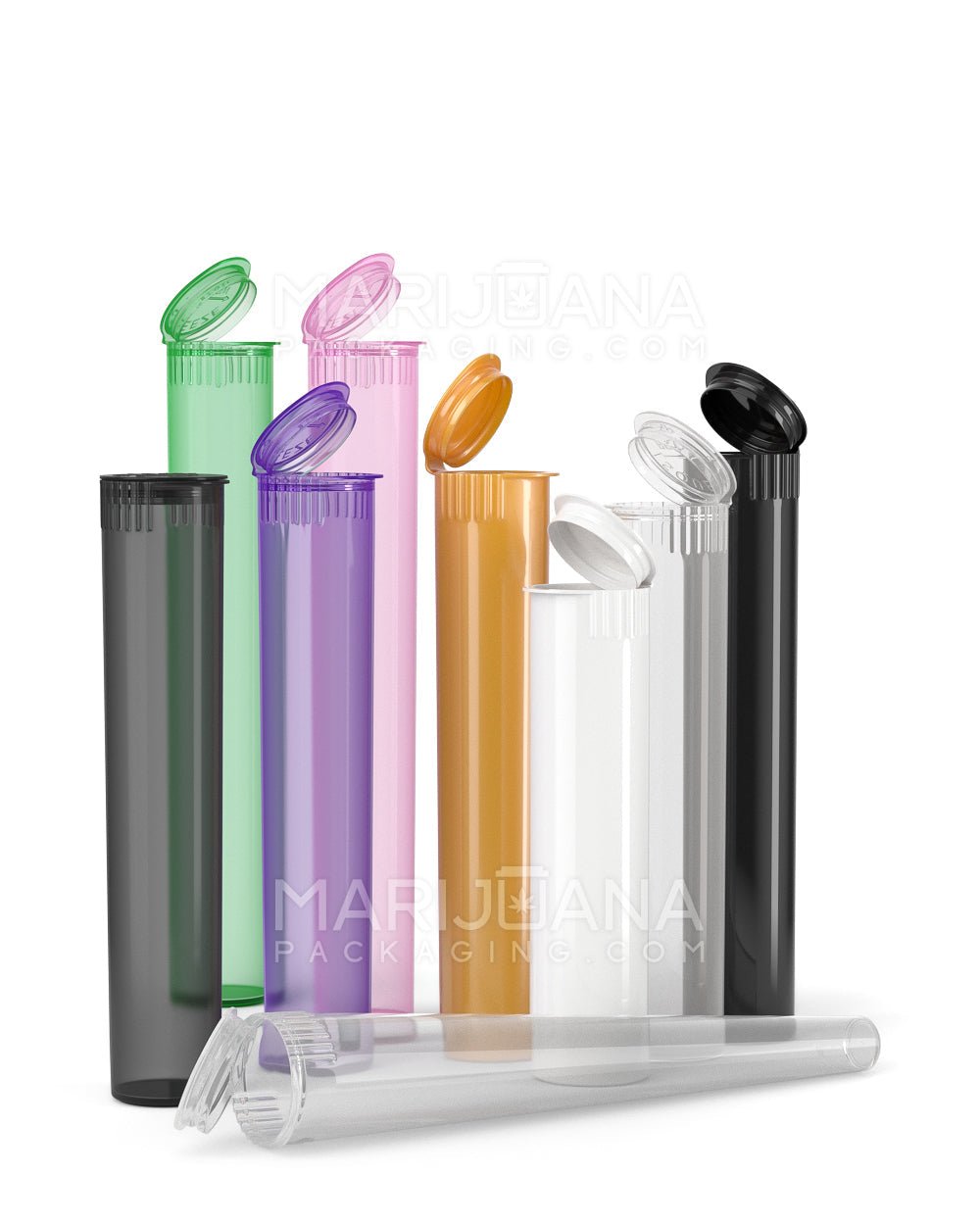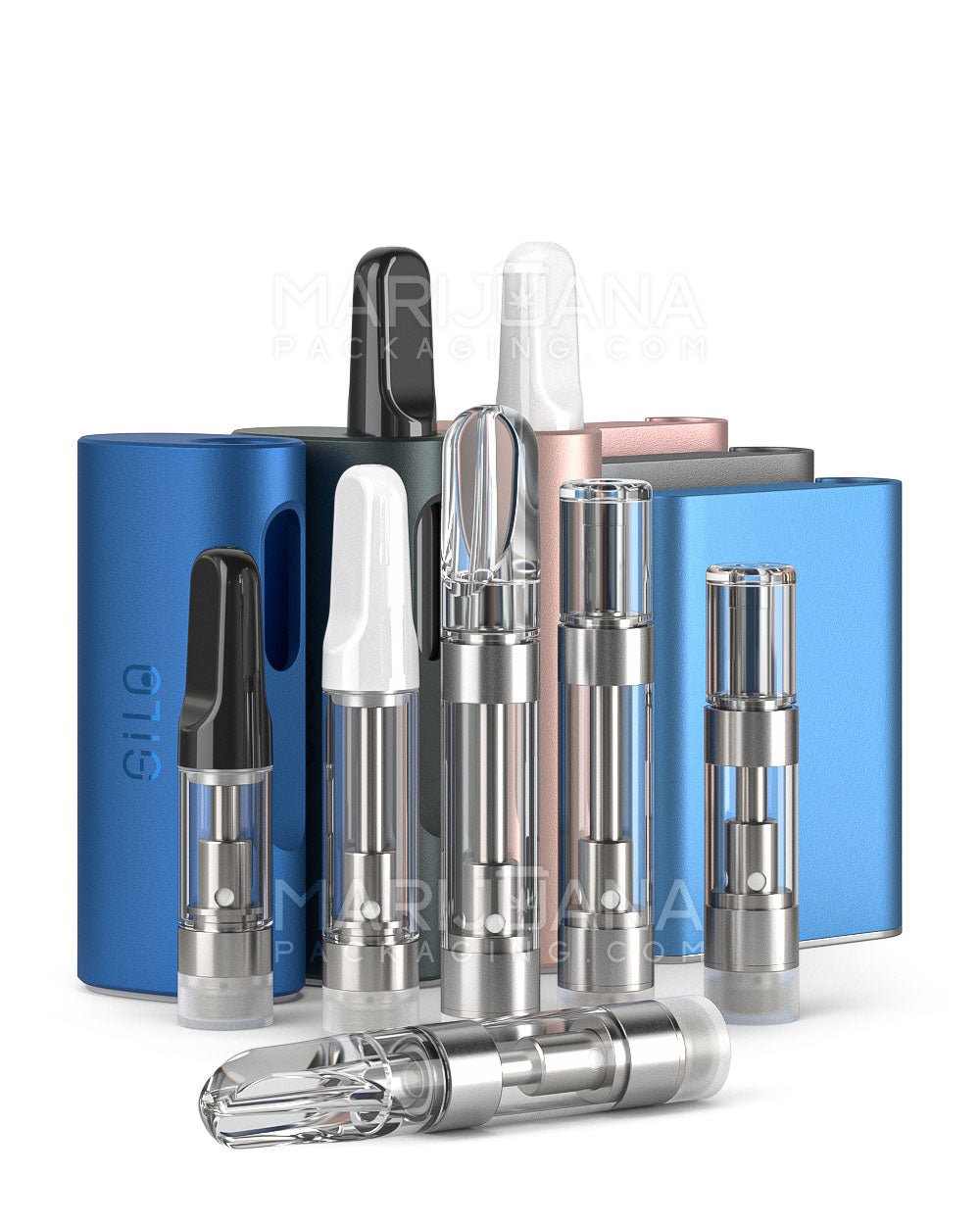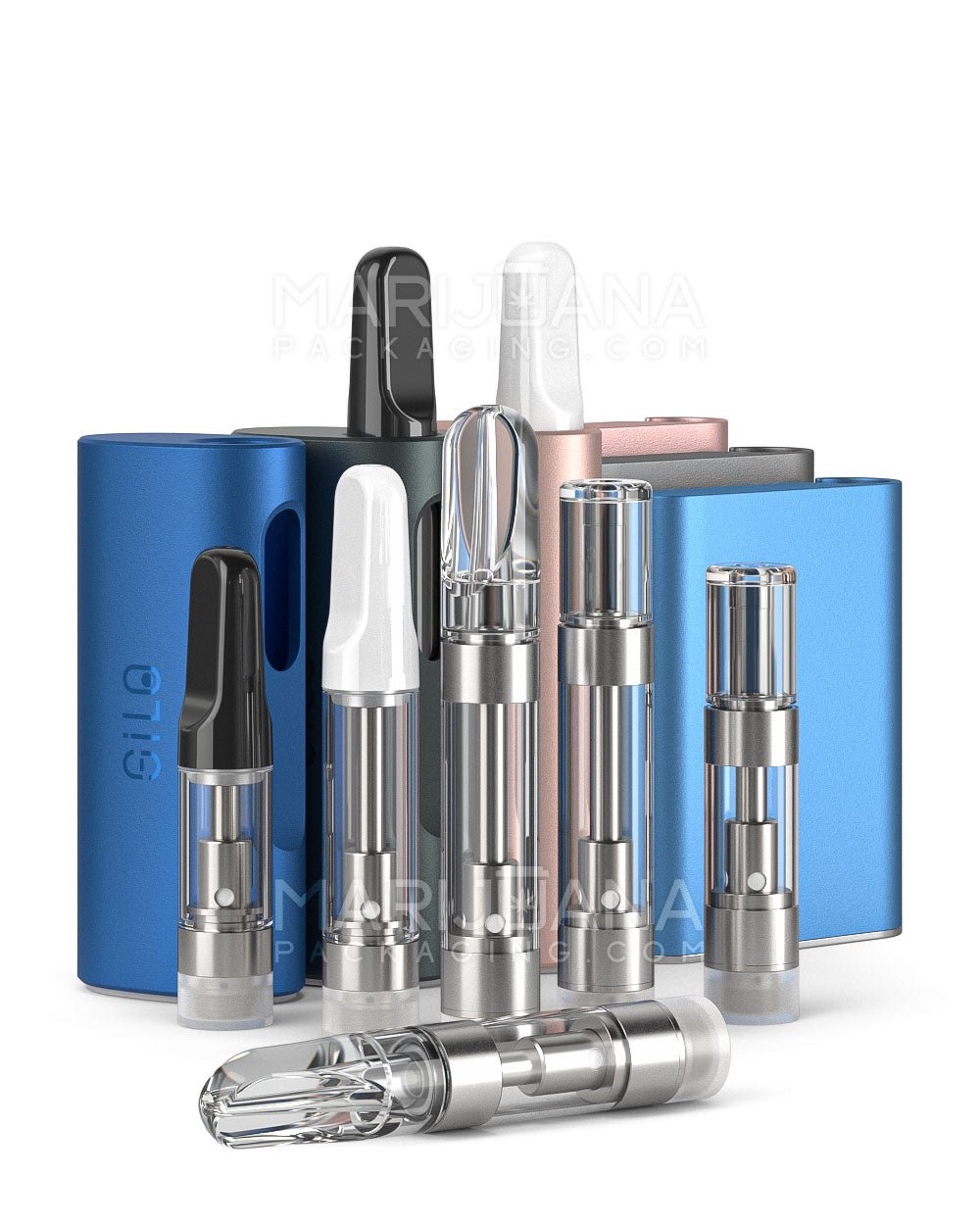When it comes to marijuana cultivation, the spotlight often falls on the buds, but there's another component that's just as fascinating yet often overlooked: marijuana pollen. This magical dust holds the key to genetic diversity and the creation of new strains, and it can transform your growing experience in ways you might not have expected.
In this article, we'll explore the various uses for marijuana pollen, how to collect and store it properly, and why it could be an exciting addition to your cultivation efforts. Whether you're a seasoned grower or just starting out, understanding the role of pollen can open up a world of possibilities.
What is Marijuana Pollen?
First things first, what exactly is marijuana pollen? Simply put, it's the male plant's contribution to reproduction. In the plant kingdom, pollen carries the male genetic material necessary for fertilizing the female plant and producing seeds. In marijuana plants, this means that pollen is responsible for creating the next generation of plants.
Marijuana plants are dioecious, meaning they have distinct male and female plants. The males produce pollen, which is crucial for breeding new strains and ensuring genetic diversity. Without pollen, we wouldn't have the wide variety of marijuana strains that we enjoy today.
Interestingly, while most home growers focus on producing female plants for their buds, male plants and their pollen are essential for anyone interested in breeding or creating new strains. So, if you're curious about expanding your cultivation skills, understanding marijuana pollen is a great place to start.
How to Collect Marijuana Pollen
Collecting marijuana pollen might sound intimidating, but with a bit of patience and the right approach, it can be a straightforward process. The first step is identifying a healthy male plant, as these are the pollen producers. Once you've got your male plant, it's all about timing and technique.
Here's a step-by-step guide to collecting pollen:
- Identify Male Plants: Male plants typically show their sex early in the flowering stage. Look for small sacs that develop at the nodes of the plant.
- Wait for Sacs to Mature: These sacs will eventually open and release pollen. You'll know they're ready when they start to split open.
- Collect Pollen: Gently tap the branches over a clean surface like a piece of paper or a mirror to collect the pollen. Be gentle, as you don't want to damage the plant.
- Transfer to Storage: Use a clean, dry brush to collect the pollen and transfer it to an airtight container.
Remember, pollen is lightweight and can be easily dispersed by wind or air movement. Consider wearing a mask to avoid inhaling it, and try to collect it in a controlled environment to minimize loss.
Storing Marijuana Pollen
Once you've collected your pollen, proper storage is crucial to maintain its viability. Improper handling can lead to moisture contamination, which can render the pollen useless. Here's how to store it correctly:
- Keep It Dry: Moisture is the enemy of pollen. Use silica gel packets or rice in your storage container to absorb any humidity.
- Use Airtight Containers: Store your pollen in a small, airtight container to prevent exposure to air.
- Freeze for Longevity: For long-term storage, place the container in the freezer. Pollen can remain viable for up to a year when frozen.
When you're ready to use the pollen, remove it from the freezer and let it come to room temperature while still in the sealed container. This prevents condensation from forming on the pollen, which could ruin it.
Using Marijuana Pollen for Breeding
One of the most exciting uses for marijuana pollen is breeding new strains. By crossing different strains, you can create plants with unique characteristics—anything from improved potency and flavor to increased resistance to pests. The process of breeding involves pollinating a female plant with the pollen you've collected.
Here's a basic rundown of how to pollinate:
- Select Your Female Plant: Choose a healthy female plant that’s in the early flowering stage. This is when the plant is most receptive to pollen.
- Apply the Pollen: Use a small brush to dust the pollen onto the pistils of the female plant. Focus on a few branches to start.
- Isolate the Plant: After pollination, keep the plant isolated to prevent accidental cross-pollination with other plants.
- Wait for Seeds to Develop: Within a few weeks, the pollinated areas will develop seeds. These seeds can be collected and planted for your new strain.
Breeding requires patience and experimentation, but it can be incredibly rewarding. Each new batch of seeds holds the potential for unique plants with characteristics you’ve selected.
Creating Feminized Seeds
If you're interested in producing feminized seeds—seeds that will grow only female plants—pollen still plays a role, albeit indirectly. Feminized seeds are created by inducing a female plant to produce pollen, which is then used to fertilize another female plant. The resulting seeds are almost exclusively female.
To create feminized pollen, growers use methods such as:
- Colloidal Silver Spray: This is sprayed on the female plant during its flowering stage, causing it to produce male flowers that generate pollen.
- Silver Thiosulfate Solution: Similar to colloidal silver, this chemical induces the plant to produce pollen.
Once you have feminized pollen, the pollination process is the same as with regular pollen. The main advantage is that feminized seeds eliminate the guesswork of whether a plant will be male or female, which is ideal for growers focused on bud production.
Exploring Hybrid Strains
Hybrids are the result of crossing two different cannabis strains, and marijuana pollen is the secret ingredient in this process. By using pollen from one strain to fertilize another, growers can create plants that inherit traits from both parents. This is how many of the popular strains we know today came to be.
For example, if you have a strain that is high in THC and another that's known for its resilience against mold, using pollen to combine these traits could result in a plant that offers both benefits. This is an exciting venture for any grower looking to create something new and personalized.
Hybridization allows for endless possibilities in terms of flavor, aroma, effects, and growth characteristics. However, it does take time to stabilize new strains, meaning you'll need to grow several generations to achieve consistent results.
Preserving Genetic Diversity
In the world of marijuana cultivation, genetic diversity is crucial for the health and resilience of plants. Using pollen to create seeds helps preserve this diversity, which is essential for the long-term sustainability of cannabis cultivation.
By keeping a variety of genetics in your garden, you can ensure that your plants are better equipped to handle environmental stresses like pests, disease, and changing climate conditions. Pollen is a key tool in maintaining this diversity.
Moreover, by preserving different strains through seed production, growers can safeguard against the loss of unique genetics that might otherwise disappear. This not only benefits individual growers but also contributes to the broader cannabis community by maintaining a wide range of genetic options.
Legal Considerations
Before you start collecting and using marijuana pollen, it's important to be aware of the legal framework surrounding cannabis cultivation in your area. While growing marijuana is legal in many states, there are often specific regulations regarding breeding and seed production.
Some states may require growers to obtain a license for breeding activities, and there may be restrictions on the sale and distribution of seeds. Always check your local laws and regulations to ensure you're in compliance.
Additionally, keep in mind that cannabis remains illegal at the federal level in the United States. While enforcement is primarily focused on large-scale operations, it's still important to be informed about the legal landscape.
Challenges and Considerations
Working with marijuana pollen does come with its challenges. For one, pollen is highly sensitive to environmental conditions, and improper handling can lead to failed pollination attempts. It's also crucial to ensure that male plants don't inadvertently pollinate your entire grow, leading to an unintended seed harvest instead of buds.
Here are a few tips to mitigate these challenges:
- Control the Environment: Use a dedicated space for working with pollen to minimize the risk of contamination.
- Timing: Be precise with timing when collecting and applying pollen to maximize effectiveness.
- Patience and Experimentation: Breeding is as much an art as it is a science. Be prepared for some trial and error as you refine your techniques.
Despite these challenges, the rewards of working with pollen can be substantial, offering growers the chance to innovate and personalize their cultivation.
Final Thoughts
Marijuana pollen might not get the spotlight as often as those glittering buds, but it's a fascinating aspect of cannabis cultivation with a lot to offer. Whether you're interested in breeding new strains, preserving genetic diversity, or simply expanding your growing skills, understanding and utilizing pollen can add a whole new dimension to your gardening experience.
When you're diving into the world of cannabis cultivation, having the right packaging can make a big difference. That's where Gamut comes in. With over a decade of experience in packaging for consumer goods, Gamut offers a full range of packaging solutions, from jars and bags to custom designs. Whether you're looking for stock options or industry-specific solutions, Gamut runs the gamut to meet your needs, helping your brand stand out while keeping your products secure.



